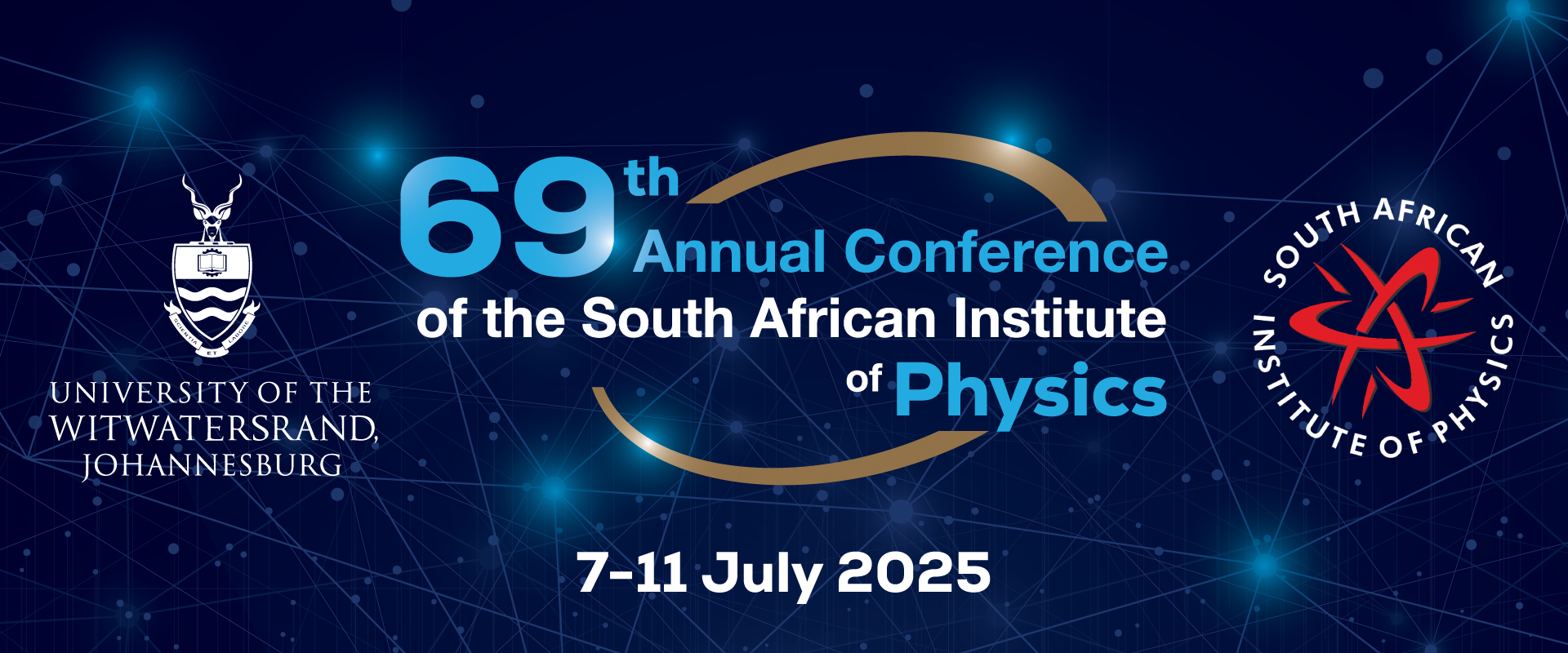Speaker
Description
This work investigates building a two-stage Compton camera in terms of energy resolution, efficiency, fast timing, and geometrical configuration for beam range monitoring in hadron therapy. While development of a clinical imaging device has made tremendous strides, there are challenges to be addressed.
A Compton camera prototype is investigated, assessing the optimal geometrical configuration of compact, low-voltage 14x14x25.4 mm LaBr$_3$:Ce SiPM-readout scintillation detectors to maximise on the strengths of the cutting-edge SiPM technology. These detectors, manufactured by CapeScint (MA, USA), have demonstrated excellent energy resolution (~3.4% at 662 keV), and are known for their fast-timing capabilities. The tracking of scatter events was modelled using the TOPAS Monte Carlo toolkit to assess the best measurement configuration and timing attributes, followed by measurements with standard gamma-ray sources. Further, two Cs$_2$LiYCl$_6$ SiPM-readout detectors have been commissioned to maximise on their neutron detection capability using pulse shape discrimination to distinguish between neutron and gamma events for in situ neutron dose measurements during hadron therapy.
The development of this device would assist in the improvement of hadron therapy safety margins to optimise the dose to cancer cells while reducing the effect to the surrounding healthy tissues and organs at risk. This will improve treatment effectiveness and helping strengthen the application of hadron therapy in the fight against cancer. An overview of preliminary results will be presented.
| Apply for student award at which level: | PhD |
|---|---|
| Consent on use of personal information: Abstract Submission | Yes, I ACCEPT |

